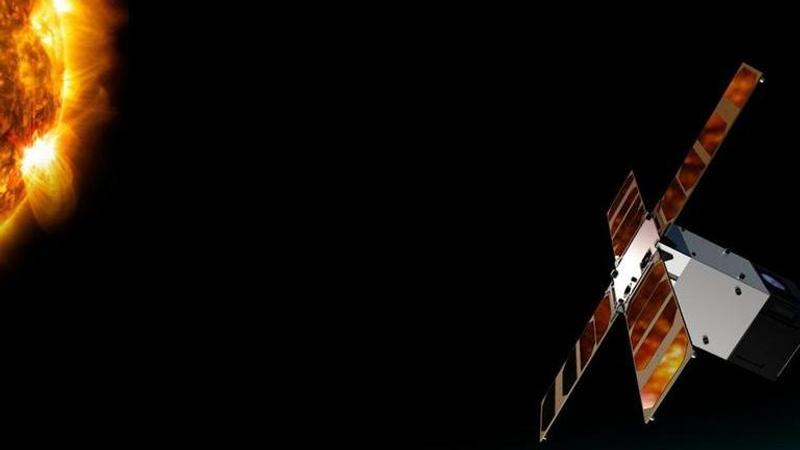Published 21:46 IST, August 31st 2021
Harry Potter book-sized satellite detects solar flares that pose threat to Earth, says ESA
A satellite has started detecting X-ray pulses produced by solar flares. The satellite is said to be the size of two Harry Potter paperback books.

The European Space Agency (ESA) informed on Tuesday that a satellite has started detecting X-ray pulses produced by solar flares. The satellite is said to be the size of two Harry Potter paperback books. A week after its launch onboard a Vega rocket, the first solar X-ray spectrum was produced by the CubeSat, reported India Today. CubeSats are small satellites launched by the National Aeronautics and Space Administration (NASA) in 2016. These satellites orbit Earth and were launched with an aim to satellite-based studies much more affordable and compact. According to India Today, the California Polytechnic State University and Stanford University had jointly launched the CubeSat programme in 1999.
ESA is happy to acquire the first telemetry from the instrument
The European Space Agency, which operates the CubeSat, stated that the agency is delighted to acquire the first telemetry from the instrument. The ESA, in its release, further noted that explosive releases of magnetic energy would also be detected by the satellite. It added that these explosive releases are seen as huge flashes on the surface of the sun. The space weather created by these huge flashes on the sun's surface also poses a danger to satellites and terrestrial power. It also threatens communications networks and even aircraft on polar flights stated the release. Before the launch of CubeSats, the ESA had indicated that a follow-on version of the instrument would be sent on the agency's Lagrange operational space weather monitoring mission.
'Studying solar flares has become very important'
Speaking of the X-ray spectrum Juhani Huovelin, Chairman of ISAWARE said in a release that this is just a preliminary look, but it shows that the CubeSat is in excellent health, and its stability, as well as data quality, are very encouraging. He stated that studying solar flares has become very important in the wake of the new rush by countries in the modern space to the Moon and even beyond. Engineers have successfully established bi-directional S-Band communications with the CubeSat since its launch, he stated. The release further noted that Cubesats have been seen as a feasible option to traditional satellites besides being increasingly attractive to institutional and commercial users.
Image Credit: European Space Agency/Twitter
Updated 21:46 IST, August 31st 2021



